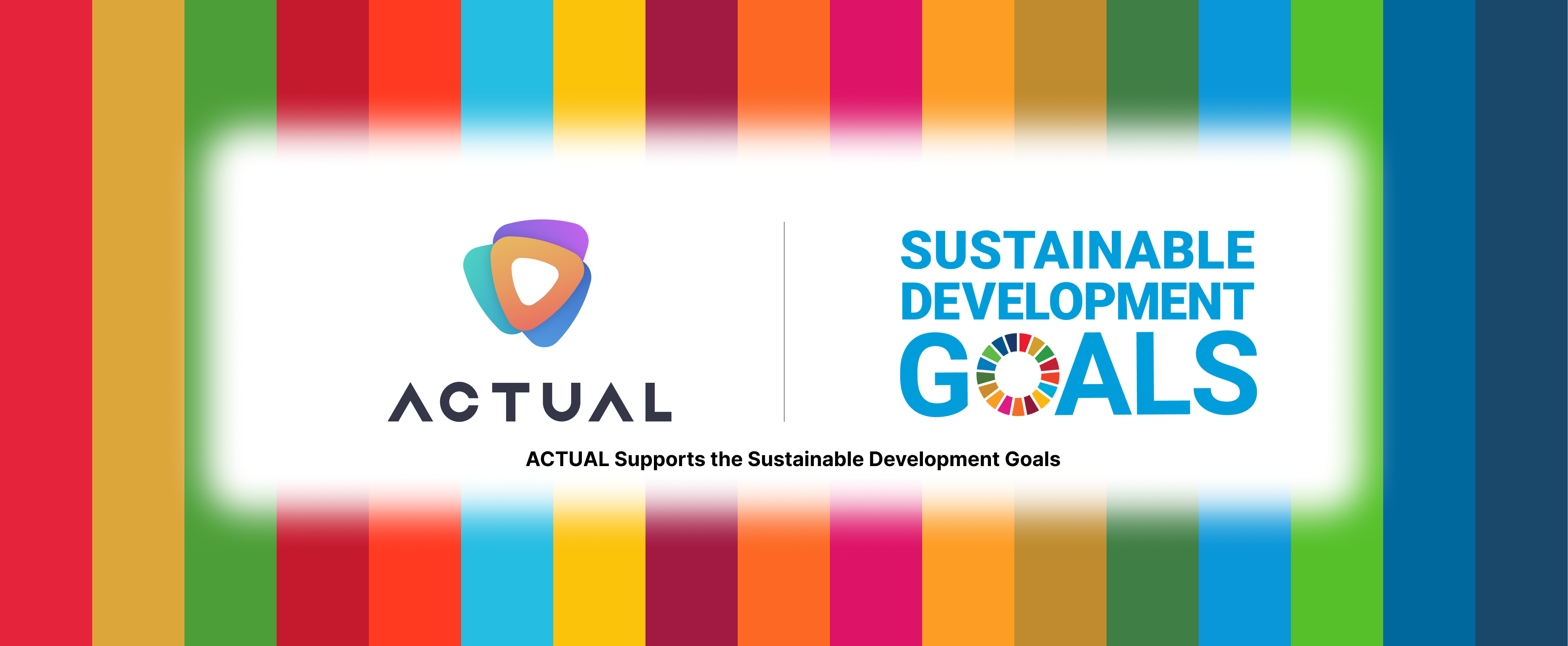
11 Aug 2020
Let's build mindfully

Haphazardly building new infrastructure won’t solve inequity
Access to clean water, clean air, reliable transit, passable roads, reliable broadband, a safe learning environment, and other basic infrastructure is highly unequal throughout the United States. In many cases, this inequity is due to class and racial discrimination written into the layout of our cities decades ago.
For example, between 1934-1968, redlining and racially restrictive covenants explicitly kept minorities out of desirable residential areas. The infrastructure where they were allowed to live, including roads, rail lines, and freeways, had the effect of encoding the supremacy of industry and commerce over the needs of neighborhood residents. Infrastructure in desirable areas was also designed to keep minorities physically out, such as bridges built too low for buses to pass. As industry grew, environmental issues including air and water pollution, traffic, and noise grew too, further reducing the residents’ quality of life, causing an untold number of severe health problems, and stunting the growth of their home values and personal wealth. These negative effects were well understood at the time by those implementing these exclusionary policies, as argued by Mable Howard in her successful lawsuit which ensured that BART tracks running through Berkeley would be built underground and not divide the community.
San Francisco redlining map, digitized by Mapping Inequality
The longevity of infrastructure means that past decisions continue to have a perverse impact today, even if the original inequity-causing policies have been overturned. Infrastructure is a physical manifestation and continuation of past society’s values.
Today, a new generation of infrastructure is being built to sustainably serve communities, mostly driven by people and organizations that have rejected the views that drove old exclusionary policies. Doesn’t this mean that we’re successfully overcoming past inequities? Not necessarily.
Better intentions and new technologies alone do not mean that equity is a natural and inevitable result. Existing patterns, models, intuition, and even spreadsheets have all been built based on data gathered and lessons learned from an unequal built environment. Bias is often ingrained into existing decision-making processes. More holistic and inclusive decision-making that accounts for environmental, social, and equity outcomes in addition to financial outcomes is key. Without a conscious effort to de-bias the process itself, it’s inevitable that the inequities of today will continue to be reinforced in new projects, further entrenching the built environment in the views of the past and making it increasingly difficult to right those wrongs.
Without confronting the sources of bias and redesigning how we measure investment risk, return, and impact, it’s unlikely that the solutions will make their way where they’re needed. As we’ll explore, many of the areas that bear the brunt of bad historical policies are also on the front lines of the problems that new infrastructure is trying to solve. Each new project has its own set of impacts. By examining the combined impacts of new infrastructure projects holistically in a “layer-cake” approach, we can begin to redesign the built environment to be more just and equal for all.
Adopting a holistic data-driven approach to modeling investment return and impact is one key to overcoming infrastructure inequality. Actual can help determine cost, returns, and impacts in a neutral and unbiased way as you design infrastructure to be inclusive and available to all. Contact us to learn more.
Follow Actual on Twitter and visit our blog to learn more about our other projects and perspectives.
Acknowledgements: Thanks to Theresa Johnson Ph.D., Travis Mason, and Jessie Mooberry for their feedback on this article.
Illustration by Stefan Gustafsson.
More recent blog posts
28 Sep 2023

ACTUAL Brings Sustainability Transformation Platform to United Nations Global Compact

Dr. Karthik Balakrishnan
+2 more
ACTUAL joins largest corporate sustainability initiative in the world to contribute to the development, implementation and disclosure of responsible business...
19 Dec 2022

Turning over a New Leaf: How FEMA is Addressing Gaps in Tribal Nations’ Disaster Preparedness Planning

Genevieve Olsen
In the wake of increasingly frequent and powerful natural disasters, many Native American tribes and organizations have been vocal about...
19 Dec 2022

To Reach Net-Zero, We Need to Talk About the Maritime Industry

Genevieve Olsen
When we think about reducing GHG emissions, we often think of what’s on land or in the air. But what...